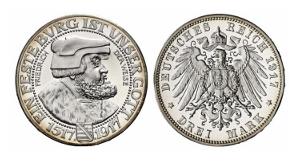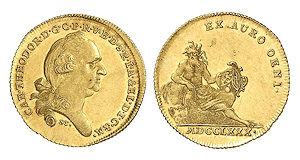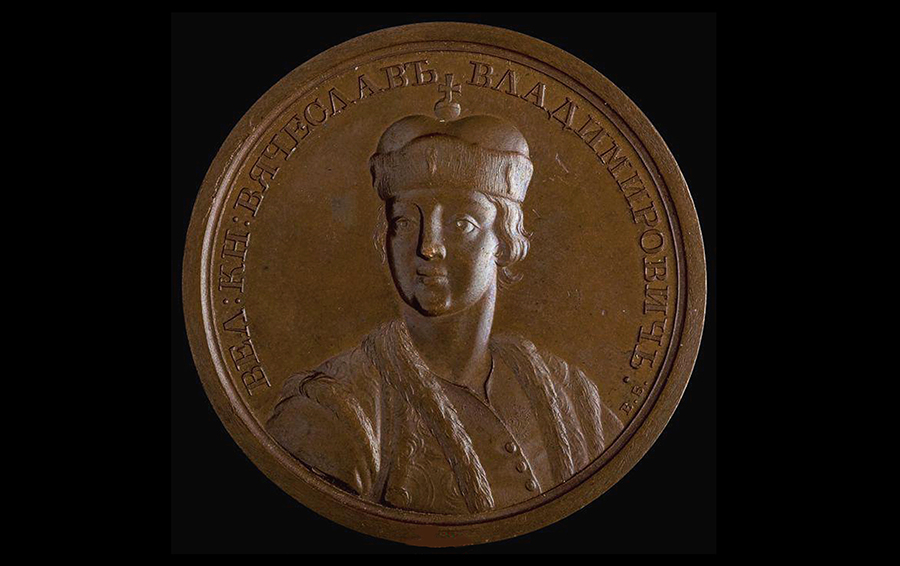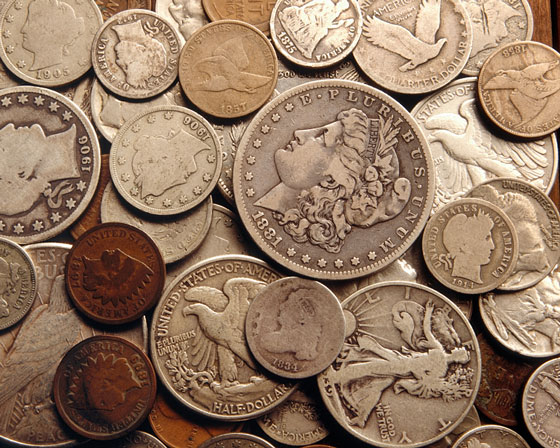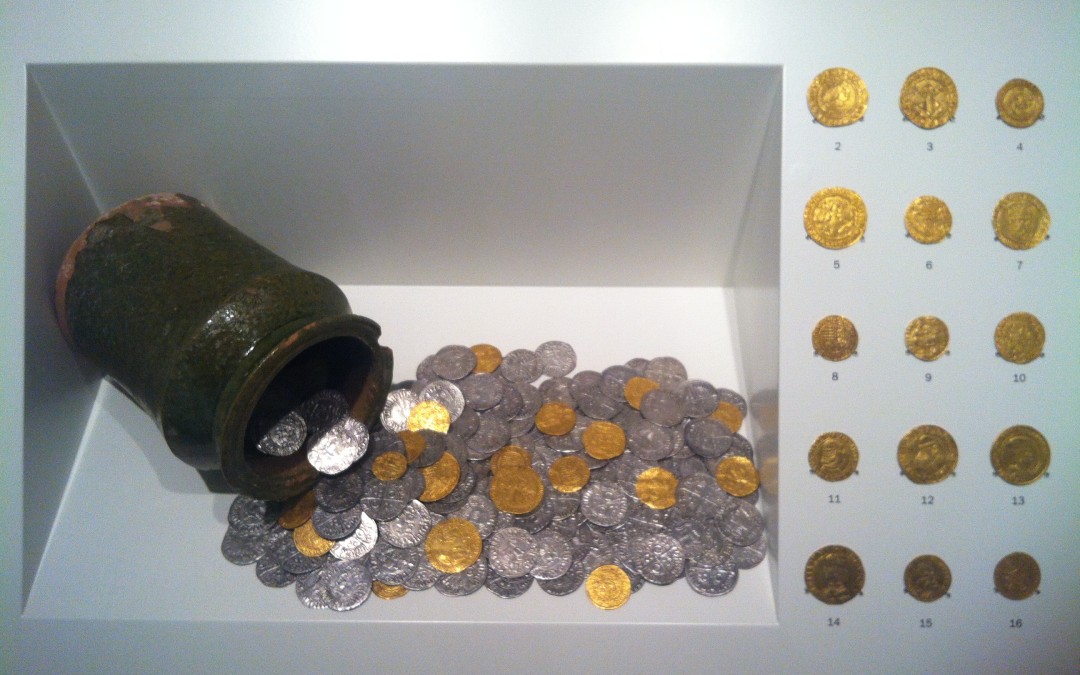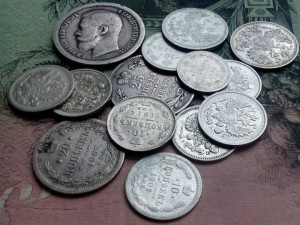feel sorry
Coin collecting as a hobby
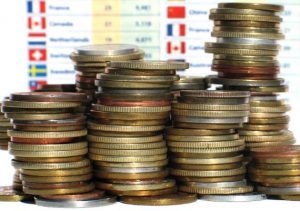 Modern collectors collect various items. Some collect stamps, others – coins, and there are those that are particularly original.
Modern collectors collect various items. Some collect stamps, others – coins, and there are those that are particularly original.
Collecting coins is very popular, because everyone who has found or received an unusual coin as a gift will definitely want to receive one more, and then increase their number at times. So, a person turns into a collector, without even waiting for it, and then begins not only to collect them, but also to study them. Continue reading
Ancient coins
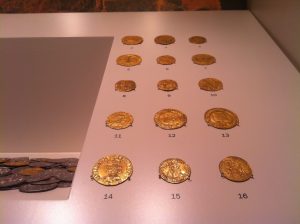 1. Old coins of Russia – gold and silver coins of Prince Vladimir
1. Old coins of Russia – gold and silver coins of Prince Vladimir
These were the first coins minted in Kievan Rus at the end of the 10th century, then at the beginning of the 11th century, they were issued in small quantities and not for long, so they didn’t have much influence on monetary circulation but represent a peculiar group of cultural monuments of Ancient Russia.
Under Prince Vladimir Svyatoslavovich in 988, Christianity became the official religion in Russia. In the cities, the oldest of which were Kiev, Novgorod, Ladoga, Smolensk, Moore, crafts and trade with the southern and western Slavs, the peoples of other countries were actively developed. Continue reading
German coins since 1871 – from Reichsmark to Euro
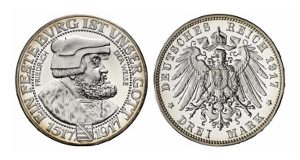 With the adoption of the constitution of the German Empire on April 16, 1871, responsibility for the currency of the empire passed from individual federal states to the government of the empire. Thus, it became possible to carry out long-overdue reforms on the establishment of a single system of sizes, types and weight of coins, the embodiment of which was the Reichsmark.
With the adoption of the constitution of the German Empire on April 16, 1871, responsibility for the currency of the empire passed from individual federal states to the government of the empire. Thus, it became possible to carry out long-overdue reforms on the establishment of a single system of sizes, types and weight of coins, the embodiment of which was the Reichsmark.
A mark (equal to 1/3 of a thaler in the north of Germany and 35 kreutzers in southern Germany) with a decimal division was adopted as a single nominal unit. One brand became equal to 100 pfennigam. Silver and gold coins were issued. Continue reading
